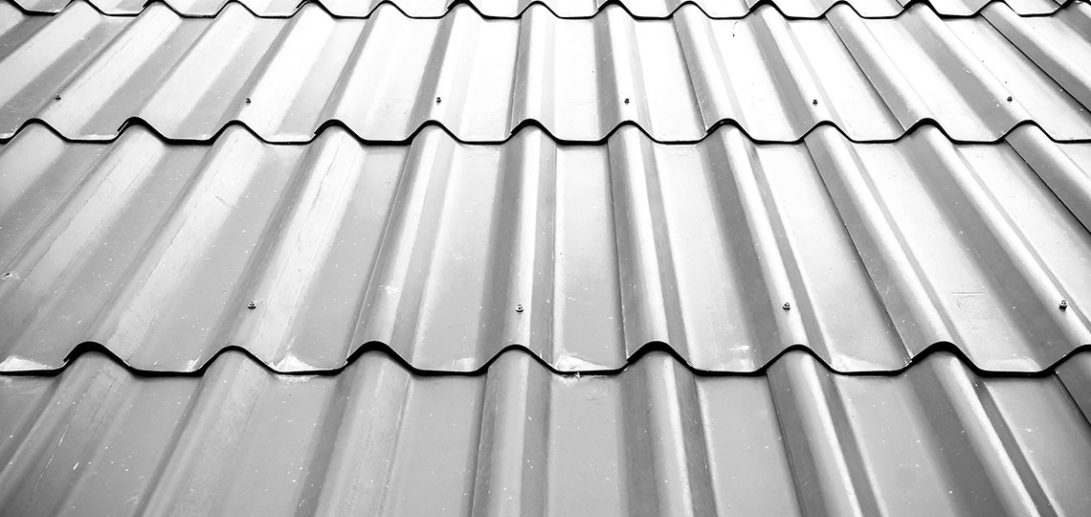Metal Roofing

Metal roofing has been used for more than 100 years on structures such as barns, warehouses and vast factories. More recently, its use has expanded to houses as homeowners have learned about the environmental benefits of this material. The two most popular types of metal roofs include through fastened and standing seam. Experienced Madison roofing experts can help property owners learn about the differences between these materials and decide which option would be the best for their home.
Fastened metal roofs are less expensive than standing seam systems, and they are also faster to install as there is less on site assembly required. Roofers use long roofing screws paired with integral neoprene washers to fasten the sheets of metal to purlins. The purlins provide an extra layer so that any condensation developing on the metal can safely drip onto the waterproof roofing felt instead of leaking through the wood and into the roof’s decking. This extra air space could also be filled with insulation to make the house more energy efficient. Adding a one-inch thick piece of rigid foam board increases the roofing system’s R-value by about seven.
The insulation also dampens any noise from raindrops, ice or hailstones that come into contact with the roof’s surface.
Standing seam roofs are considered by many to be more aesthetically appealing than through fastened metal rooftops. It is usually constructed from 26 gauge stainless steel, although aluminum, zinc coated steel, terne covered steel and copper can also be constructed in the style of a standing seam. The sheets of metal come in large panels, making it ideal for use on large, uninterrupted expanses of roof slopes. Houses built in the A frame style, log cabin styled homes and steeply sloped roofs are all ideal for a standing seam roofs. Similar to through fastened roofs, standing seam systems also benefit from foam board insulation for energy efficiency and noise dampening. They are also fastened with screws, although the integrated neoprene washers are optional for this material as the metal itself is thicker than that used for through fastened roofs.
To help a metal roofing system achieve its life expectancy of 50 or more years, roofers can apply a sealant to the exterior side of the material. The sealant may be epoxy or rubber based. Sealing the roof helps it to stay cooler, resist oxidation and reduces damage caused by many years of exposure to the sun’s ultraviolet energy.
















